Postprandial walking, or walking after eating, refers to the practice of taking a stroll after a meal. This gentle form of exercise holds significant benefits for seniors.
By engaging in a walking workout after eating, seniors can improve digestion, regulate blood sugar levels, enhance cardiovascular health, increase mobility, elevate mood, and promote better sleep quality.
With advancing age, maintaining an active lifestyle becomes increasingly important for overall health and well-being. Postprandial walking offers a convenient and accessible way for seniors to incorporate physical activity into their daily routines.
For that, they don’t even need specialised equipment or strenuous workouts.
In this article, we’ll learn about the science behind postprandial walking, explore its myriad benefits for seniors, and provide practical tips for incorporating this exercise into your daily life.
So, keep reading to discover everything you need to know about the after-eating walking workout for seniors.
Benefits of After Eating Walking Workout for Seniors
After eating, engaging in a walking workout for seniors can offer numerous health benefits owing to its gentle yet effective nature. The science behind this workout lies in its ability to aid digestion and regulate blood sugar levels.
Postprandial walking, or walking after a meal, has been shown to accelerate the rate at which food moves through the digestive system, reducing the likelihood of indigestion and bloating.
Additionally, it helps to lower blood sugar levels by increasing insulin sensitivity, thereby reducing the risk of insulin resistance and type 2 diabetes in seniors.
Furthermore, walking after eating can enhance metabolism and promote weight management, crucial aspects of maintaining overall health in older adults.
Benefits of After Eating Walking Workout for Seniors:
- Improved digestion: Walking after a meal helps to stimulate digestion and alleviate discomfort associated with indigestion and bloating.
- Better blood sugar control: Postprandial walking aids in lowering blood sugar levels and improving insulin sensitivity, reducing the risk of type 2 diabetes.
- Weight management: Engaging in a walking workout after eating can contribute to calorie expenditure and assist in weight management efforts, supporting overall health and mobility in seniors.
- Enhanced cardiovascular health: Regular postprandial walking can improve heart health by lowering blood pressure, reducing the risk of heart disease, and promoting better circulation.
- Mood elevation: Walking releases endorphins, which can uplift mood and reduce feelings of anxiety and stress, contributing to overall mental well-being in seniors.
- Increased mobility and balance: Consistent walking workouts help to strengthen muscles, improve joint flexibility, and enhance balance, reducing the risk of falls and maintaining independence in daily activities.
Make a Routine for After Eating Walking Workout for Seniors
Regular physical activity is essential for seniors to maintain overall health and well-being. Adding a walking workout into your routine after meals can provide numerous benefits, including improved digestion, better blood sugar control, enhanced cardiovascular health, and increased mobility.
Here’s a detailed routine tailored specifically for seniors to maximise the benefits of postprandial walking.
1. Pre-Walk Preparation
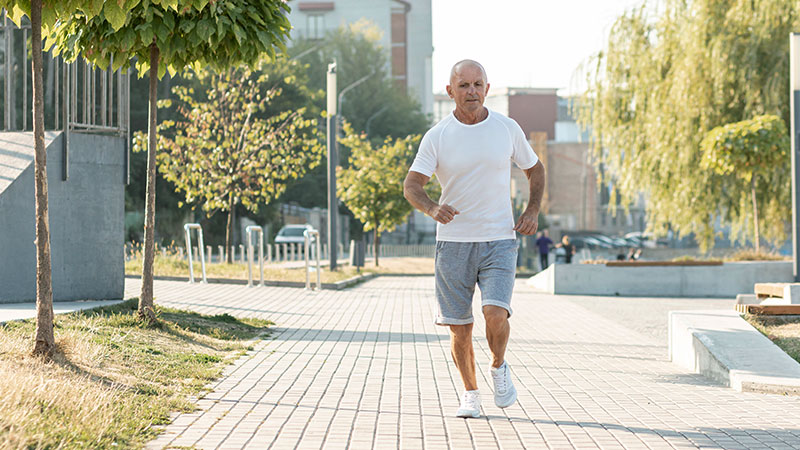
Before embarking on your postprandial walking workout, it’s essential to prepare adequately to ensure a safe and enjoyable experience.
- Hydration: Drink a glass of water before your walk to stay hydrated and replenish fluids lost during digestion.
- Proper attire: Wear comfortable, supportive shoes and loose-fitting clothing suitable for walking. Dress in layers if necessary, considering the weather conditions.
- Safety check: Ensure that your walking route is well-lit and free from obstacles. If walking outdoors, apply sunscreen and wear a hat and sunglasses to protect yourself from the sun’s harmful rays.
2. Timing and Duration
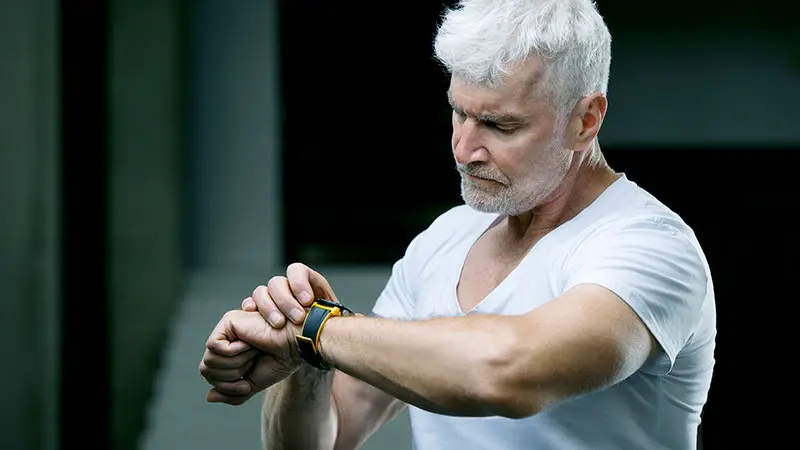
Timing your postprandial walk is crucial to maximise its benefits. Aim to begin your walk approximately 30 minutes to an hour after finishing your meal.
This timing allows for digestion to commence, and it’s when blood sugar levels tend to peak, making it an optimal time to engage in physical activity.
Start with a manageable duration, such as 10-15 minutes, and gradually increase it as your fitness level improves. Aim for a total walking time of at least 30 minutes per session.
3. Warm-Up

Before starting your brisk walk, it’s essential to warm up your muscles to prevent injury and prepare your body for exercise.
- Gentle stretches: Perform gentle stretches targeting major muscle groups, such as your calves, quadriceps, hamstrings, and upper body. Hold each stretch for 15-30 seconds without bouncing.
- Warm-up walk: Begin with a slow-paced walk for 5-10 minutes to gradually increase your heart rate and loosen up your muscles.
4. Brisk Walking

Once adequately warmed up, transition into brisk walking to reap the full benefits of your postprandial workout.
- Pace: Maintain a brisk pace that elevates your heart rate and induces a slight sweat. You should be able to carry on a conversation but feel slightly breathless.
- Proper form: Focus on maintaining good posture throughout your walk. Keep your head up, shoulders relaxed, and arms swinging naturally at your sides.
- Stride length: Take purposeful steps with a comfortable stride length, landing on your heel and rolling through to your toes with each step.
5. Cool Down
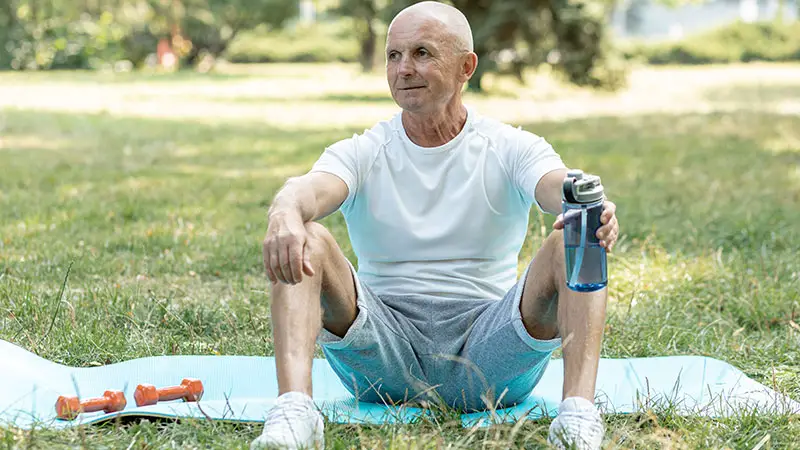
After completing your brisk walk, it’s essential to cool down gradually to lower your heart rate and prevent muscle soreness.
Gradually reduce your pace to a slow walk for 5-10 minutes to allow your heart rate to return to its resting state. Repeat the same stretches performed during your warm-up, focusing on lengthening and relaxing your muscles.
6. Post-Walk Recovery

After your walking workout, take some time to focus on post-walk recovery to promote muscle recovery and replenish lost nutrients.
- Hydration: Drink water to rehydrate your body and replace fluids lost during exercise.
- Nutritious snack: Enjoy a light, nutritious snack post-walk to refuel your body and support muscle recovery. Opt for a combination of carbohydrates and protein, such as a banana with almond butter or a yoghourt parfait with fruit and granola.
- Rest and relaxation: Allow yourself time to rest and relax after your walk, especially if you’ve been walking for an extended period. Take a few moments to sit or lie down, practise deep breathing exercises, or engage in gentle stretching to promote relaxation and reduce muscle tension.
7. Monitoring Progress and Adjustments

As you continue with your postprandial walking routine, it’s essential to monitor your progress and make any necessary adjustments to ensure continued success.
Keep a walking journal
Track your walking sessions, including duration, distance, and any notes about how you feel before and after each walk. This can help you stay motivated and identify any patterns or areas for improvement.
Gradual progression
Gradually increase the duration and intensity of your walks as your fitness level improves. Aim to challenge yourself while still listening to your body and avoiding overexertion.
Listen to your body
Pay attention to how your body responds to your walking workouts. If you experience any pain, discomfort, or unusual symptoms, take a break and consult with a healthcare professional if necessary.
Incorporating a postprandial walking workout into your routine can provide numerous health benefits for seniors, including improved digestion, better blood sugar control, enhanced cardiovascular health, and increased mobility. By following a structured routine and listening to your body, you can enjoy the many rewards of regular physical activity well into your golden years.
When You Should Avoid After Eating Walking Workout
While postprandial walking can offer numerous benefits for seniors, there are certain circumstances in which it may be best to avoid engaging in this activity. It’s essential to listen to your body and prioritise safety and well-being above all else.
Here are some instances when you should consider skipping your after eating walking workout:
1. Digestive Discomfort

If you’re experiencing significant digestive discomfort after a meal, such as bloating, gas, or abdominal pain, it may be best to refrain from postprandial walking.
Walking immediately after eating can exacerbate these symptoms and make you feel more uncomfortable.
2. High Blood Sugar Levels

If you have diabetes or consistently struggle with high blood sugar levels after meals, it’s important to monitor your glucose levels before engaging in postprandial walking.
That’s why walking can lower blood sugar levels, so if your levels are already elevated, it may be safer to wait until they have stabilised before exercising.
3. Fatigue or Weakness

If you’re feeling unusually fatigued or weak after eating, it’s a sign that your body may need time to rest and digest properly. Engaging in vigorous physical activity, such as brisk walking, could further deplete your energy levels and leave you feeling even more tired.
4. Severe Weather Conditions

Extreme weather conditions, such as extreme heat or cold, can pose risks to your health, especially when combined with physical activity.
If it’s excessively hot, you risk dehydration and heat exhaustion, while cold temperatures can increase the risk of hypothermia. In such cases, it’s best to exercise indoors or wait for more favourable weather conditions.
5. Recent Surgery or Injury

If you’ve recently undergone surgery or sustained an injury, it’s essential to follow your healthcare provider’s recommendations regarding physical activity.
Engaging in postprandial walking before you’ve fully recovered could impede the healing process and potentially exacerbate your condition.
6. Medication Side Effects
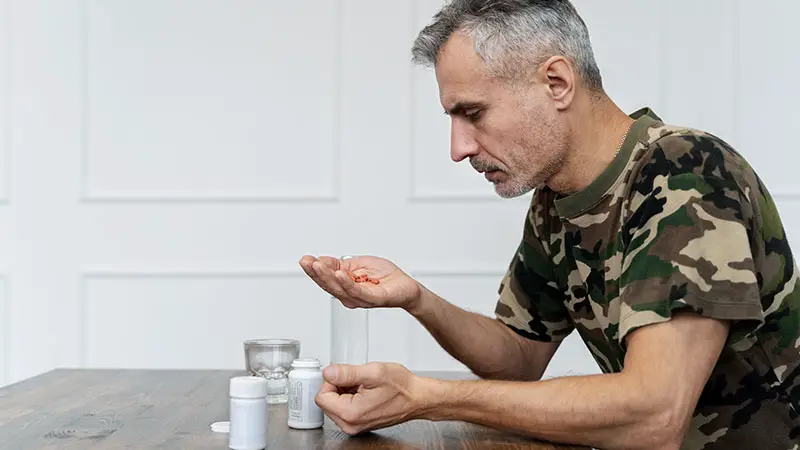
Certain medications can cause dizziness, lightheadedness, or other side effects that may impair your ability to exercise safely.
If you’re experiencing any adverse effects from your medications, it’s best to consult with your healthcare provider before engaging in postprandial walking or any other form of physical activity.
7. Medical Conditions
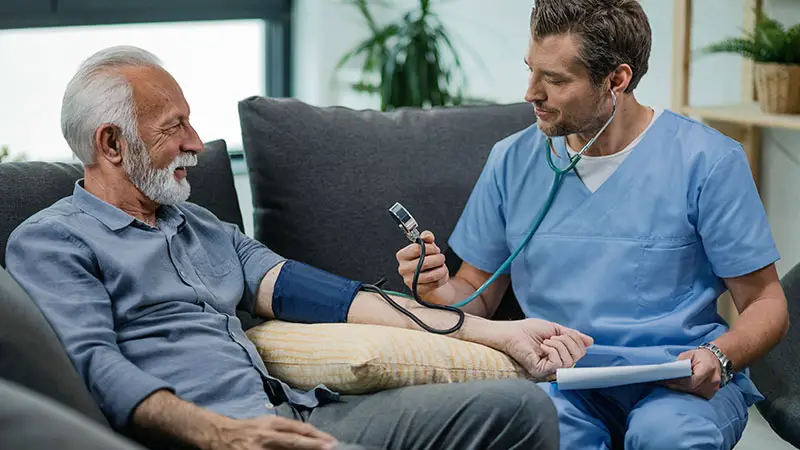
If you have underlying medical conditions that could be aggravated by physical activity, such as heart disease, respiratory issues, or joint problems, it’s important to exercise caution and consult with your healthcare provider before starting a postprandial walking routine.
While postprandial walking can be a beneficial form of exercise for seniors, there are times when it’s best to avoid engaging in this activity to ensure your safety and well-being.
Listen to your body, pay attention to any warning signs or symptoms, and always consult with your healthcare provider if you’re unsure about whether it’s safe for you to exercise after eating.
Wrapping Up
Practising an after-eating walk, seniors can yield numerous health benefits, including improved digestion, better blood sugar control, enhanced cardiovascular health, increased mobility, mood elevation, social engagement, and better sleep quality.
However, it’s crucial to exercise caution and prioritise safety. Seniors should avoid postprandial walking if experiencing digestive discomfort, high blood sugar levels, fatigue, or extreme weather conditions.
Additionally, individuals with recent surgeries, injuries, medication side effects, or underlying medical conditions should consult with a healthcare provider before starting this exercise regimen.
By listening to their bodies, monitoring any warning signs, and taking necessary precautions, seniors can safely enjoy the many rewards of postprandial walking for their overall health and well-being.
I am a fitness instructor and I have been in the industry for 9 years. I have a passion for health and fitness.
I am a fitness instructor with over 9 years of experience in the industry. My passion is health and fitness and I would love to share my knowledge with you!